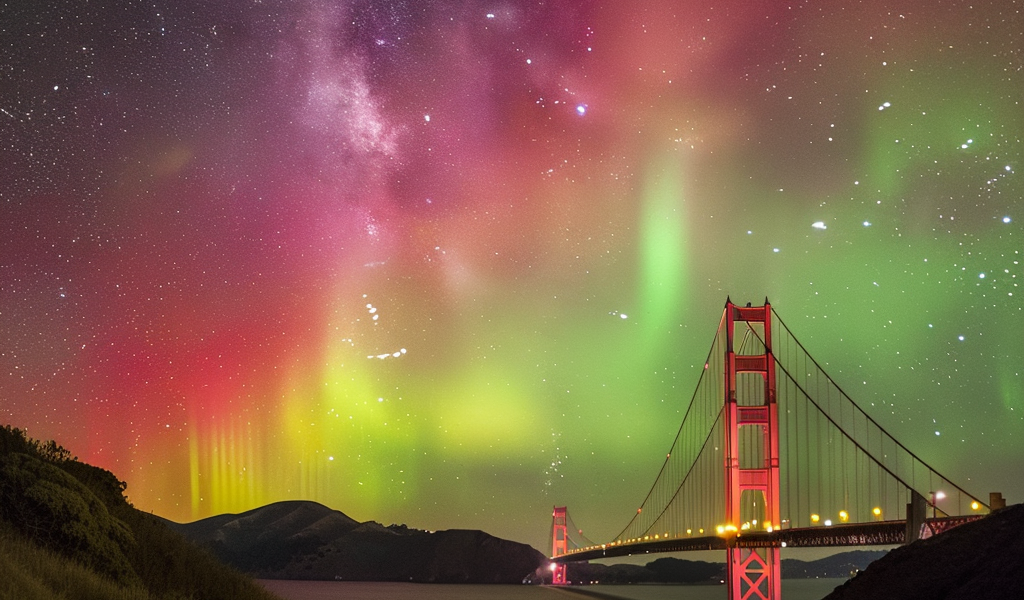Rare Celestial Spectacle: Northern Lights May Be Visible as Far South as California This Month
Get ready to witness a rare celestial spectacle as the northern lights, also known as the aurora borealis, may be visible as far south as California this month. According to space weather forecasters, March is expected to be the best month in two decades to see the curtains of mostly green, but also pink, purple, and red lights that are typically confined to areas around Earth’s North Pole.
The phenomenon could be visible as far south as Florida and Arizona, and there’s a chance that Californians may get to witness this ethereal display once again. Last spring, the aurora borealis was even photographed over Mt. Shasta in Northern California.
One of the reasons for the increased likelihood of viewing the northern lights is the ramping up of solar activity around the time of the seasonal equinoxes. Historically, March has seen more auroras than any other month, with October being a close second, according to a NASA study of 75 years worth of data.
Geomagnetic storms on the sun’s surface cause coronal holes that release electronically charged particles carried millions of miles by solar wind into Earth’s magnetic field. During the equinoxes, the sun and Earth’s poles are almost perpendicularly aligned, allowing more of the solar wind to penetrate the Earth’s magnetic field.
Furthermore, this year is expected to mark the





